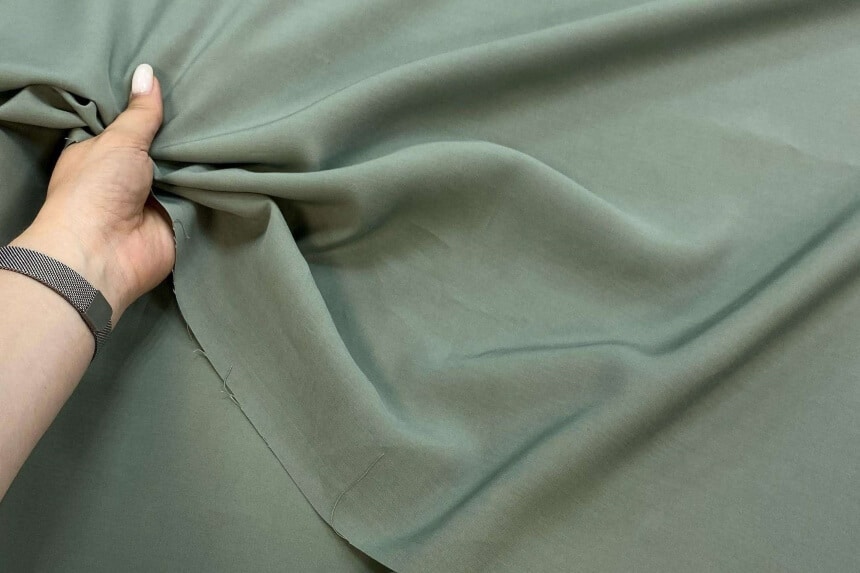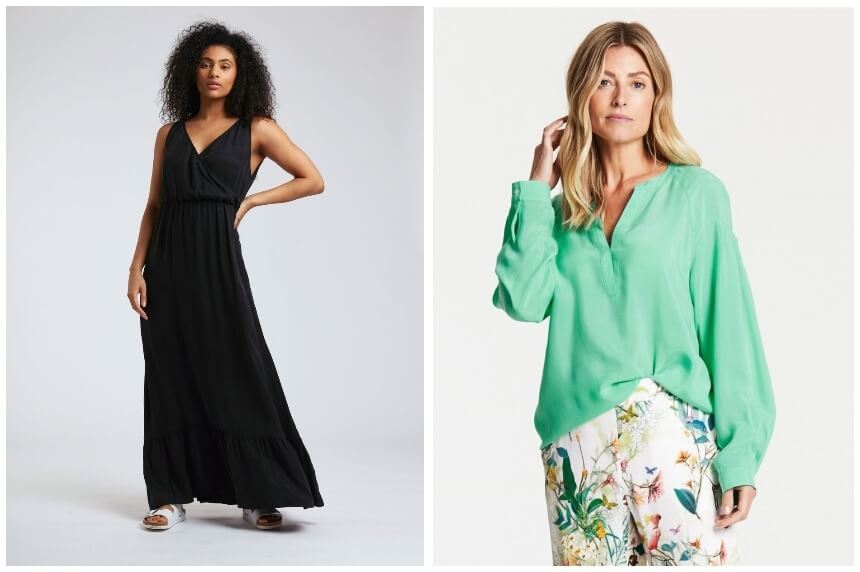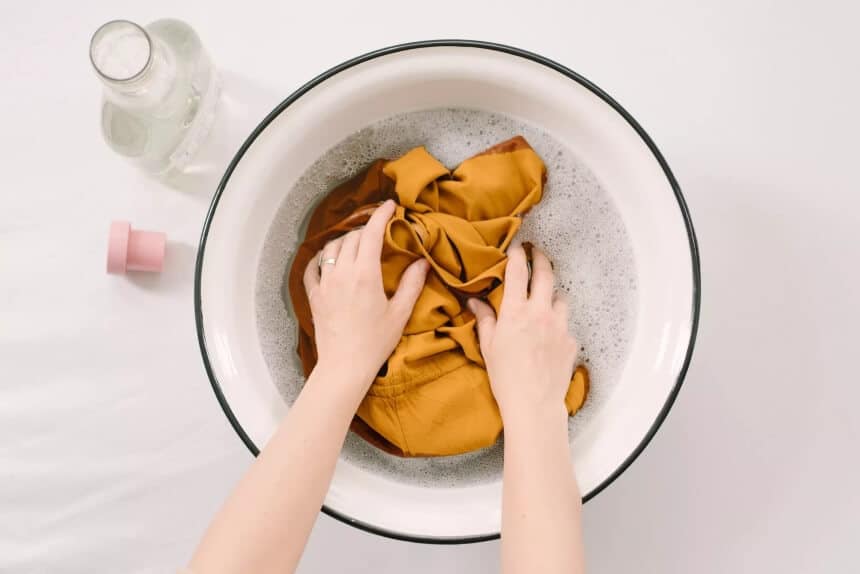

In cloth production, three basic types of materials are used. They are cotton, polyester, and silk. The fashion industry makes use of each of these material types in making clothes.
Every cloth made with fiber eventually gets to the end of its useful life, clothes made of cotton are typically thrown away after usage, but you have the benefit of recycling them to create a textile known as ‘cupro.’
According to the BBC Trusted Source www.bbc.com , globally, an estimated 92 million tonnes of textile waste end up in landfill sites each year.
The surprising and most captivating part of cupro fabric is that it mixes all three types of cloth-making materials. Cupro is beautiful, vegan, and a lot less work to maintain than silk.
SWICOFIL, while introducing the fabric, highlighted that it is different from ordinary viscose-rayon; it gets spun out in a copper bath, it’s excellent, and thus feels like soft silk with a high tenacity when wet.
Wikipedia Trusted Source Cuprammonium rayon - Wikipedia en.m.wikipedia.org defined it as a rayon fiber made from cellulose dissolved in a cuprammonium solution. Cupro is also known as Bemberg (from the German manufacturer, J.P. Bemberg). It is also called ‘cuprammonium rayon’ and ‘ammonia silk.’
Cupro is a plant-based substance that undergoes chemical processing to create the fabric. It belongs to the same family as Rayon, Tendel, Viscose, Lycocell, and Modal.
Cupro has been in existence since the 1890s, but it gained more popularity when J.P. Bemberg, a German manufacturer, took the production seriously in the 1900s.
In recent years, it has become increasingly popular due to its unique qualities and the impact it has made in the fashion industry. Presently, China is the world’s foremost producer of cupro. They export tons of Cupro fabric every year.
Physical properties of any fabric are crucial, since they determine how you can use it, and how easy it is to work with the fabric. So, let’s dive in!

Cupro fabric is light-weighted clothing that is made for cool weather, which proves that there is space to breathe. The fabric supports breathing as much as cotton does.
Many people speak a lot of the fabric for its ability to support breathing after a lot of chemicals have gone into the production of recycled cotton.
The fabric absorbs the moisture into the shirt so that they don’t sit directly on your body. Taking away water from the body does prevent not only bacteria buildup but also prevents body odor.
The fabric is very suitable for people who engage in physical activities as it will keep them dry while they are active.
The heat retention of a fabric addresses the way the body reacts to heat. Cupro is an excellent fabric for hot temperatures. It is an elastic, breathable, moisture-wicking fabric that absorbs sweat and allows heat to escape the body while keeping you cool.
The fabric lasts long and resists wear. With cupro, shrinking is the least of your worries. According to top reviews, georgette fabric lasts forever, and it is wrinkle-free, a dream to sow.

Blouses, tank tops, T-shirts, and other light, intimate apparel are examples of cupro fabrics application when combined with other textiles. It is most typically used in thin sheer clothes such as form-fitting gowns on its own.
For your cupro fabric care, concentrate more on sensitive areas like underarms, necklines, and cuffs. THE LAUNDRESS advised that Stain Solutions should be used to remove stains like wine, coffee, urine, blood, ink, and other set-in stains.
Hand washing is the safest way to clean this fabric. To hand-wash, follow these cupro fabric washing instructions:

Cupro cotton fabric is made from recycled materials, which appeals to our eco-conscious sensibilities. It also helps the environment to use old clothing through the recycling process to create new clothing.
However, it involves an enormous amount of copper, ammonia, and caustic soda during production, all of which can be harmful if not properly disposed of. Furthermore, before cupro fibers harden, they must be soaked in a range of toxic chemicals, exposing the environment to even more harm.
Despite being recycled, it has a significant adverse environmental impact. Producers are merely attempting to figure out how to generate money using waste items rather than finding answers to ecological concerns.
For example, China, the primary producer, has increasingly accumulated the world’s waste at a low cost, and Beijing lab experts have worked ceaselessly to discover innovative methods for converting waste materials into wearable clothes.
As fast fashion sees many clothes being thrown away, cupro fabric makes use of them. They are not expensive, and they are not discriminatory as they can be used by any class of people – the rich and the poor. A perfect example is Satin fiber which feels lovely against the skin and is ideal for social occasion dresses.